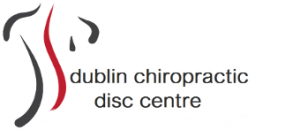Non-Surgical Spinal Decompression
What is a herniated disc?
A herniated disc is a displaced fragment of the center part or nucleus of the disc that is pushed through a tear in the outer layer or annulus of the disc. Pain results when irritating substances are released from this herniated disc tear and also if the fragment touches or compresses a nearby nerve. Herniated discs has some similarities to degenerative disc disease or ‘slipped disc’ and discs that herniate are often in an early stage of degeneration. Herniated discs are common in the low back or lumbar spine and neck or cervical spine. Good news is the latest and most advanced form of non-surgical spinal decompression is now available in Dublin, Ireland.
